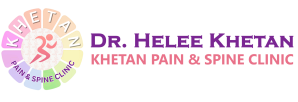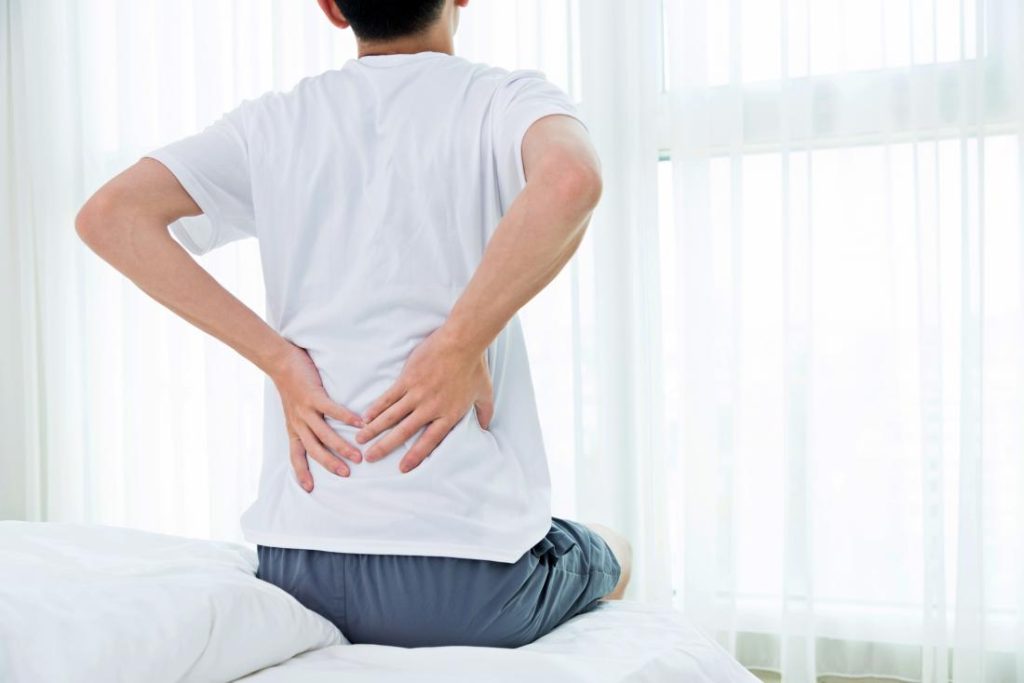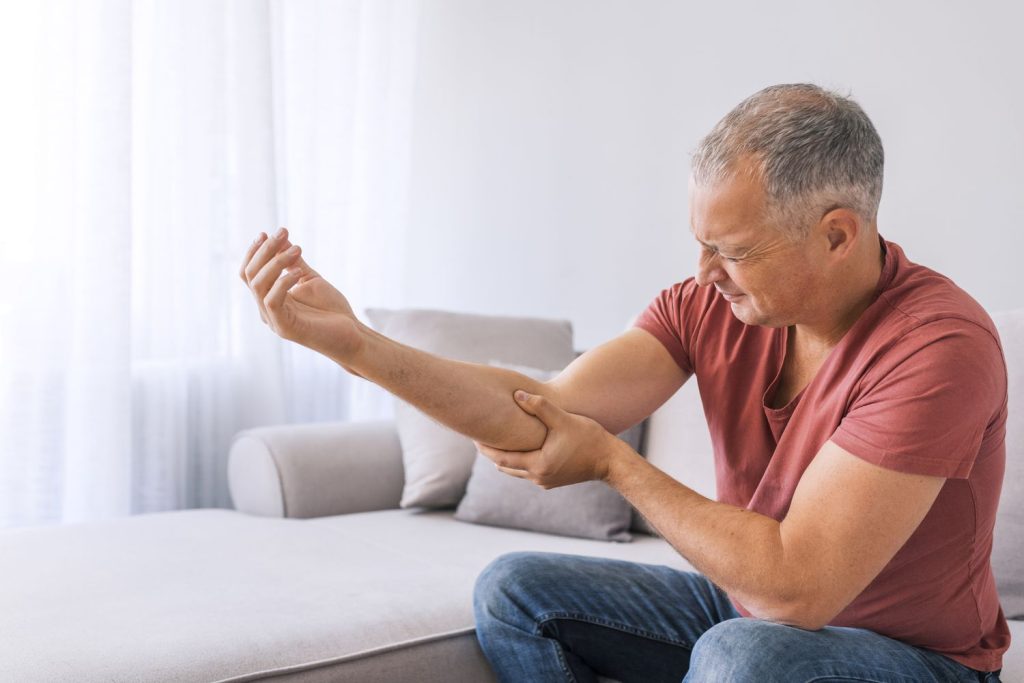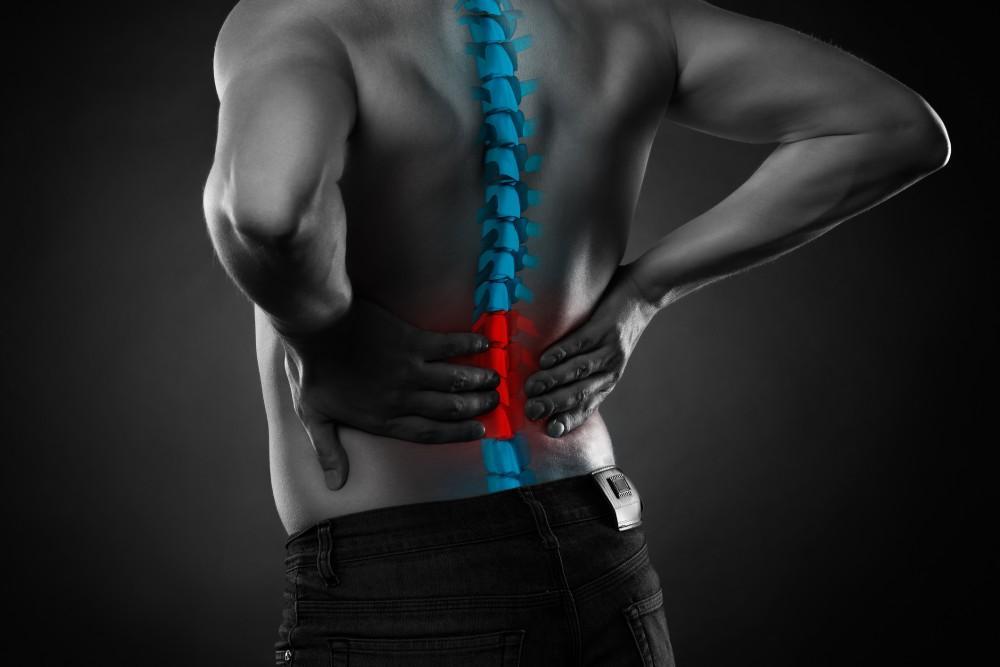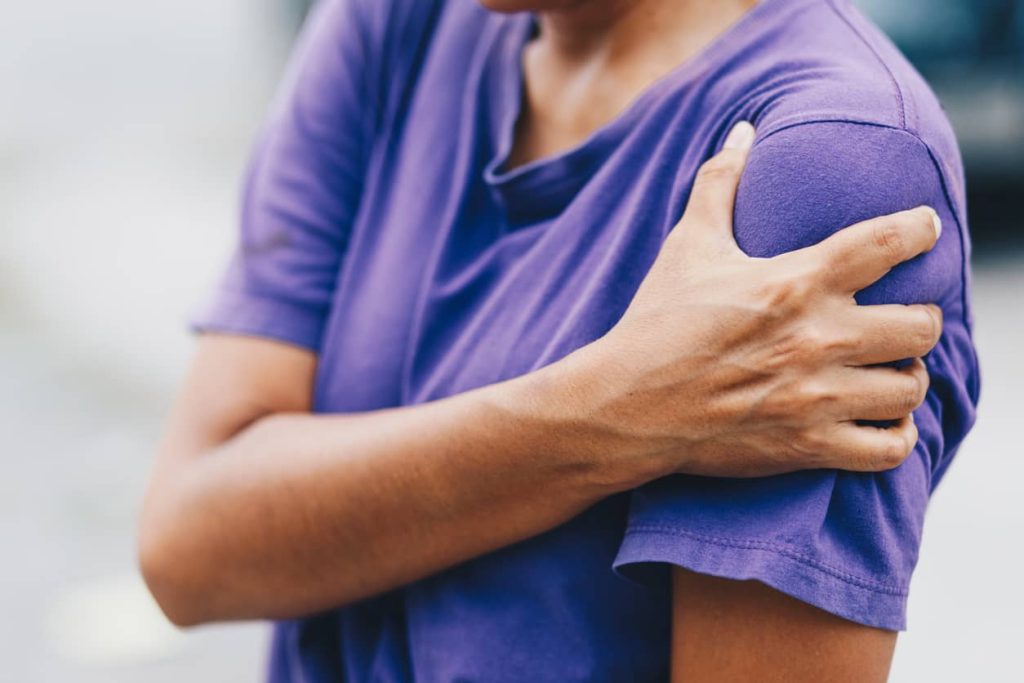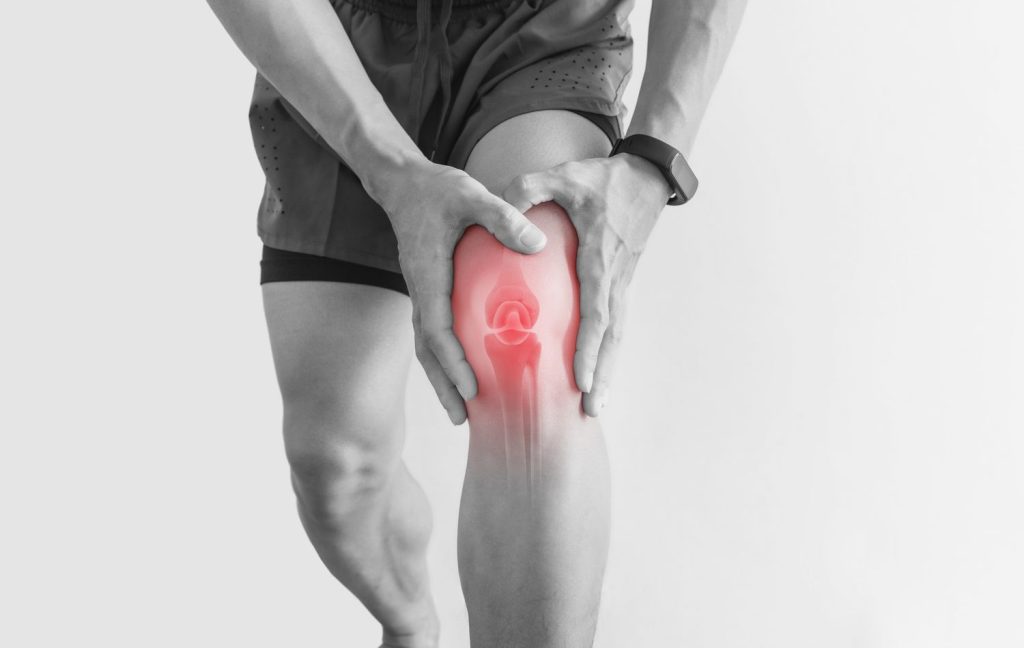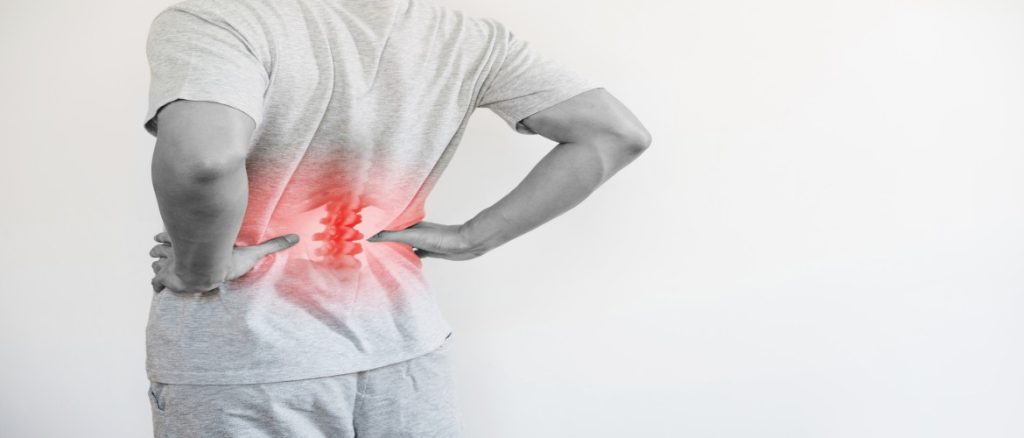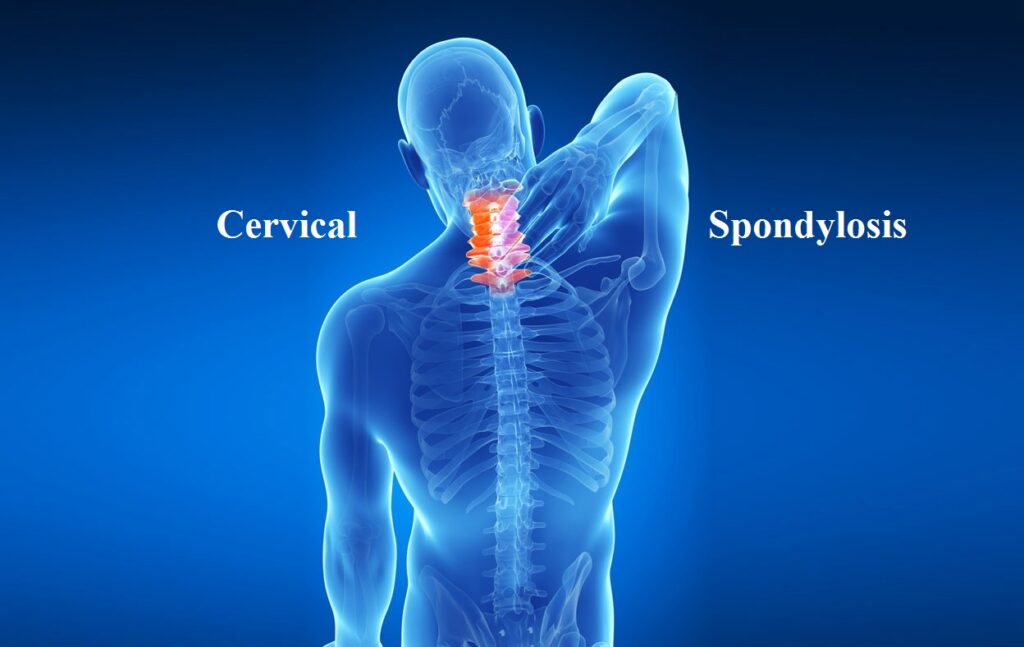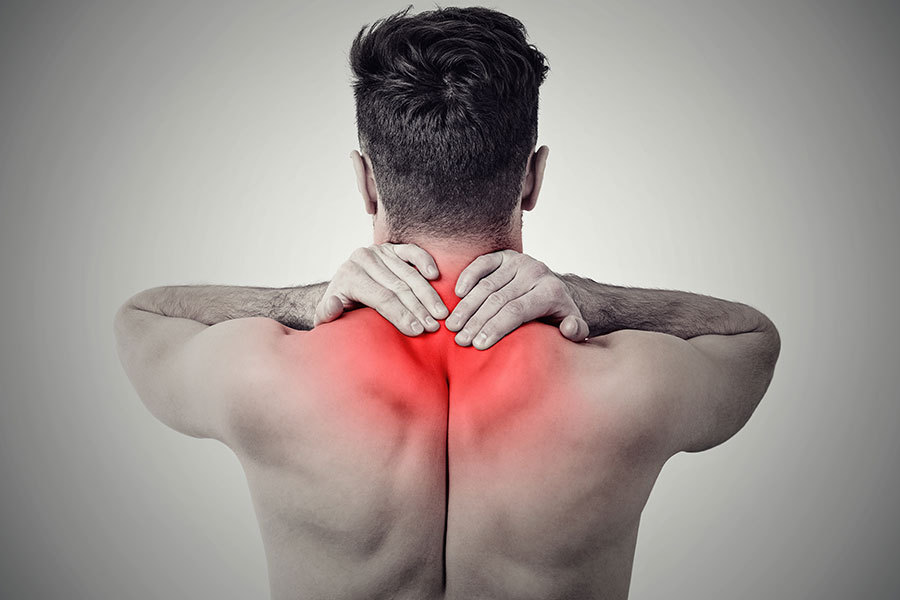ntroduction to Natural Arthritis Pain Relief Arthritis pain can be debilitating, affecting your daily activities and overall quality of life. While medication and medical treatments are essential, many natural remedies can also help alleviate arthritis pain and improve your well-being. 1. Exercise Regularly Regular physical activity is crucial for managing arthritis pain. Low-impact exercises like swimming, walking, and cycling can help keep your joints flexible and reduce stiffness. Learn more about physical activity 2. Maintain a Healthy Weight Carrying extra weight puts additional stress on your joints, especially those in the knees and hips. Losing weight through a balanced diet and regular exercise can significantly reduce arthritis pain. Discover weight management tips 3. Eat an Anti-Inflammatory Diet Consuming a diet rich in anti-inflammatory foods can help reduce arthritis pain. Include plenty of fruits, vegetables, whole grains, and foods high in omega-3 fatty acids like fish and flaxseeds. Read about diet and arthritis 4. Use Hot and Cold Therapy Applying heat or cold packs to the affected areas can help reduce pain and inflammation. Heat therapy can relax muscles and improve blood flow, while cold therapy can numb the area and reduce swelling. 5. Try Acupuncture Acupuncture, an ancient Chinese practice, involves inserting thin needles into specific points on the body. It can help relieve arthritis pain by stimulating the release of endorphins and reducing inflammation. Learn about acupuncture 6. Practice Yoga and Tai Chi Yoga and Tai Chi are gentle forms of exercise that combine movement, stretching, and meditation. These practices can improve flexibility, balance, and overall joint health, helping to alleviate arthritis pain. Explore yoga and tai chi 7. Get a Massage Massage therapy can help reduce arthritis pain by improving circulation, reducing muscle tension, and promoting relaxation. Regular massages can enhance your overall sense of well-being. Discover the benefits of massage 8. Use Herbal Supplements Certain herbal supplements like turmeric, ginger, and boswellia have anti-inflammatory properties that can help reduce arthritis pain. Always consult with your healthcare provider before starting any new supplement. Read about herbal supplements 9. Stay Hydrated Drinking plenty of water is essential for keeping your joints lubricated and functioning properly. Aim to drink at least eight glasses of water a day to maintain hydration and reduce joint pain. 10. Conclusion Managing arthritis pain naturally involves a combination of lifestyle changes, physical activity, and holistic approaches. By incorporating these natural remedies into your daily routine, you can effectively reduce arthritis pain and improve your quality of life. Khetan Pain & Spine Clinic – Dr. Helee Khetan For more information on various conditions and treatments, visit our website.
